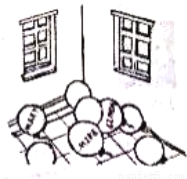0 128475 128483 128489 128493 128499 128501 128505 128511 128513 128519 128525 128529 128531 128535 128541 128543 128549 128553 128555 128559 128561 128565 128567 128569 128570 128571 128573 128574 128575 128577 128579 128583 128585 128589 128591 128595 128601 128603 128609 128613 128615 128619 128625 128631 128633 128639 128643 128645 128651 128655 128661 128669 159627



 Sara:Well, I was lucky enough to go to a conference(会议) on charity(慈善) last Wednesday. I was excited to meet a lot of kind people there. One of them was a boy named Richard. He spoke at the conference about the charity work that he had done in the past few years.
Sara:Well, I was lucky enough to go to a conference(会议) on charity(慈善) last Wednesday. I was excited to meet a lot of kind people there. One of them was a boy named Richard. He spoke at the conference about the charity work that he had done in the past few years.